Video lectures: Boring homework assignment or engaging education tool?

LOS ALAMITOS, Calif. — A student opens their Chromebook and logs into AP Classroom. Opening their assignments, they begin an AP Daily video lesson, taking notes as they watch. The student adjusts the playback speed to 1.5, pausing the video occasionally to jot down a bullet point and rewinding when they miss something the lecturer said.
To some students, this scenario represents the tedious and dreaded homework of watching lecture videos. Others see it as an opportunity to learn at their own pace and review difficult concepts or prepare for an in-class lesson. At Los Alamitos High School, students and teachers have different perspectives on the positive and negative aspects of video lectures.
In May 2024, the Griffin Gazette conducted a survey among LAHS teachers about whether they assign video lectures and why. The Gazette sent a survey to LAHS’s department chairs (except performing arts, visual arts and physical education), and 17 teachers responded. Teachers of each grade level are represented in the survey sample, from the social studies, English, math, science, special education and applied arts departments.
Teacher quotes were taken from the survey with their permission.
Out of the respondents, only one teacher reported regularly assigning video lectures: Mr. Barker, who teaches Algebra 2/Trigonometry and Finite Math. Mr. Barker no longer teaches Precalculus, which is the class he assigned videos to last year.
Nine out of the 17 teachers who filled out the survey never assign lecture videos, and the remaining seven assign them occasionally. However, 15 teachers responded that they think video lectures are effective.
Many teachers assign videos when they have substitutes. Multiple teachers also responded that video lectures are beneficial for introducing material, allowing students to learn at their own pace and reinforcing important content.
“It’s a way to front-load the material and save time in class,” said Mrs. Kibtya, who teaches U.S. History and AP Psychology.
Mrs. Franzen, who teaches AP English Literature, responded that she believes video lectures to be ineffective, but she assigns them only occasionally for additional learning.
“I assign them when students repeatedly miss skills on AP Classroom (multiple choice). Video lectures are NOT for first-line instruction; they are meant for additional support and use as needed,” Mrs. Franzen said.
Similar to other AP Lit classes at LAHS, Mrs. Franzen’s students complete notes worksheets that correspond to their videos.
On the other hand, according to the Griffin Gazette’s student survey (conducted with the same voluntary response method as the teachers’), nine out of the 15 respondents dislike lecture videos and believe them to be ineffective learning tools. All students reported receiving videos in at least one class. Surveyed students said they find lecture videos to be time-consuming, repetitive and boring.
“Video lectures are teachers grasping at distant COVID protocol out of laziness,” said an anonymous LAHS senior. “Of course students can learn from them, but they should be used as a tool rather than a replacement for a teacher.”
The majority of surveyed students reported receiving video lecture assignments from math or social studies classes. An LAHS junior in AP U.S. History said her class sometimes watches historical documentaries in class. For homework, her teacher assigns videos of herself lecturing, and students have to turn in notes.
“She lectures in class as well, so the video lectures at home are really just when she runs out of time, but they can be pretty long and boring,” the student said.
Those who find video lectures effective responded that they help visual learners and allow students to rewatch harder concepts and pause the lesson to take more detailed notes. The anonymous senior said that some teachers have YouTube channels with past lecture videos that help students relearn concepts.
“Video lectures help cover content in a more specific way and add onto the teaching done in class,” responded senior Sarah Roundabush to the survey. “I especially like them in American Sign Language (ASL) because it is a very diverse language, and it’s helpful to watch different people sign in various ways.”
Cynthia Brame, an associate professor of biological sciences at Vanderbilt University, wrote an article in the National Library of Medicine titled “Effective Educational Videos: Principles and Guidelines for Maximizing Student Learning from Video Content.”
According to her article, studies show that videos can be highly effective educational tools; in order for a video to maximize student learning, instructors should consider three elements: cognitive load, student engagement and active learning.
Brame wrote that to minimize extraneous cognitive load, videos should weed out extra information, chunk information into segments, show on-screen cues to highlight key information and utilize both verbal and pictorial channels.
Regarding student engagement, she says that videos best achieve student engagement when they are short. In other words, students take away more from short, animated videos with graphics like TED-Ed than hour-long recordings of a teacher narrating slides.
Responding to the survey, LAHS senior Grace Lee said she wishes video lectures were shorter because they take up a lot of her homework and extracurricular time when assigned for homework.
In addition to length, the report says a conversational style helps students feel a sense of social partnership with a video’s narrator, leading to higher engagement.
“Some research suggests that it can be important for video narrators to speak relatively quickly and with enthusiasm,” Brame wrote.
For example, many LAHS students enjoy John Green’s “Crash Course” history videos, where Green’s narration is fast-paced and full of energy. Economics and world history teacher Mr. Snyder uses “Crash Course” to supplement the textbook and in-class notes because of the visuals that make it easier for some students to learn.
“Our students are constantly stimulated by technology,” Mr. Snyder said. “Therefore, when I am the one talking in front of the class, some students lose attention because their brains aren’t being stimulated the way they want.”
Brame says instructors can also increase engagement with videos that make students feel like the content was created specifically for them. While it is convenient for teachers to reuse videos, Brame advises them to consider the environment in which they will be used.
Finally, because watching videos is a passive activity, Brame notes that including interactive questions and features help prevent wandering minds.
Conclusion
While LAHS students and teachers have strong opinions about video lectures, there is room for everyone to keep open minds about the potential benefits and drawbacks of teaching with video lectures.
Your donation will support the student journalists of Los Alamitos High School. Your contribution will allow us to purchase equipment and cover our annual website hosting costs.



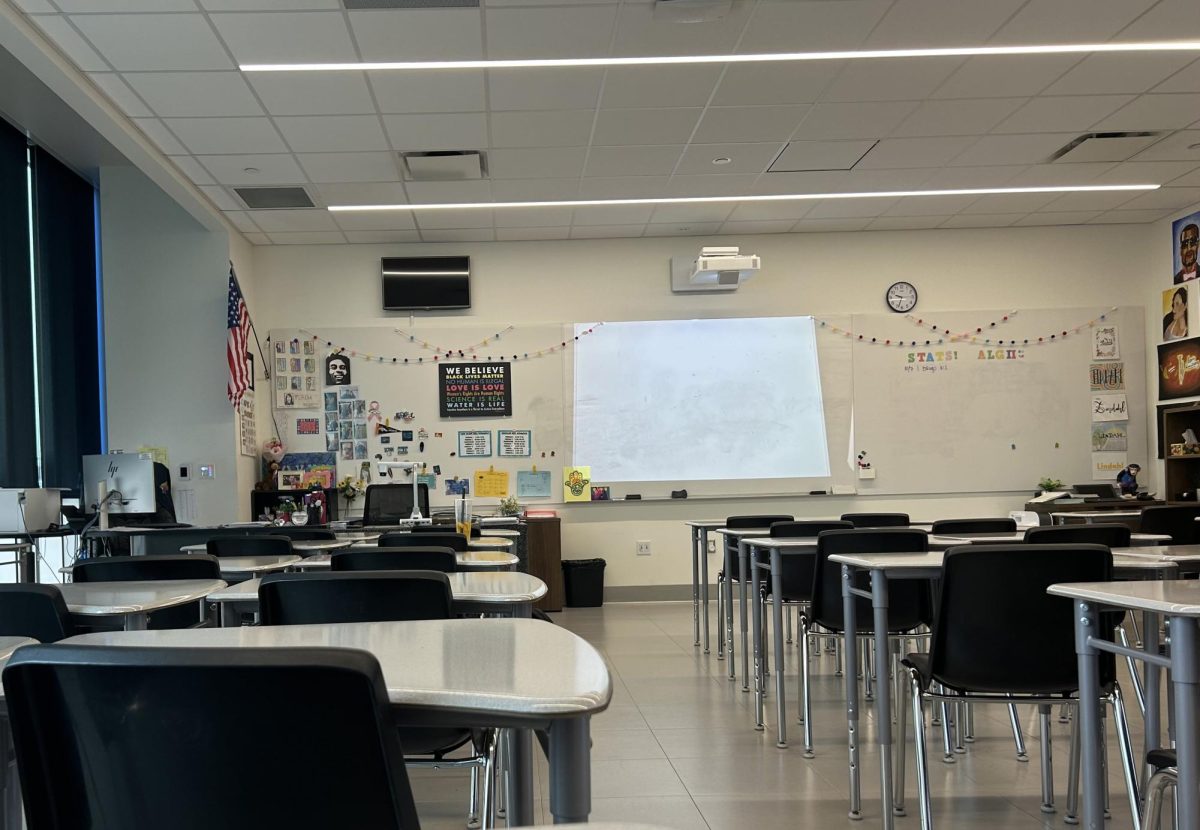
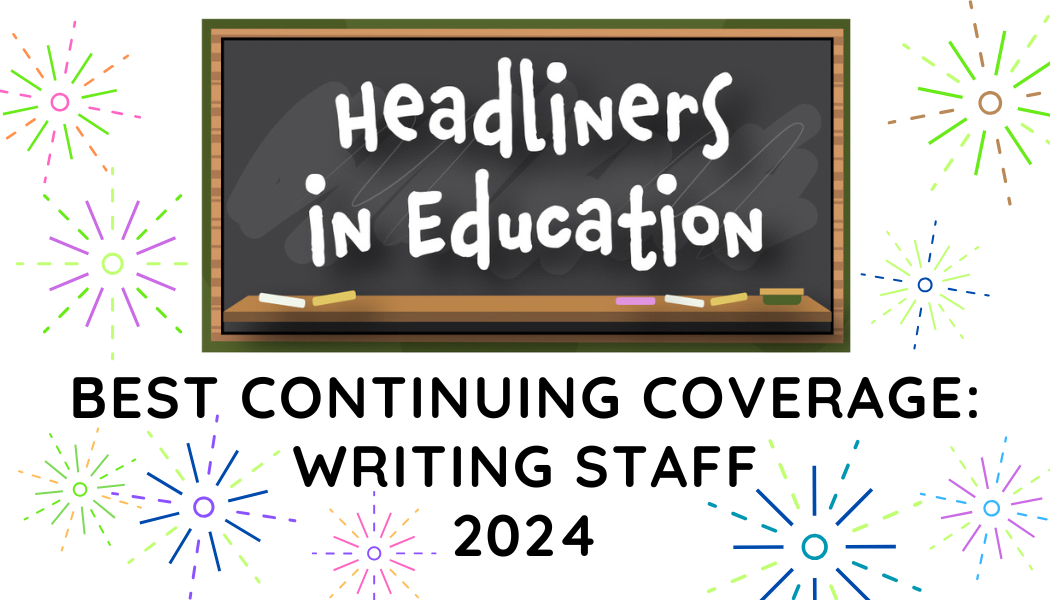



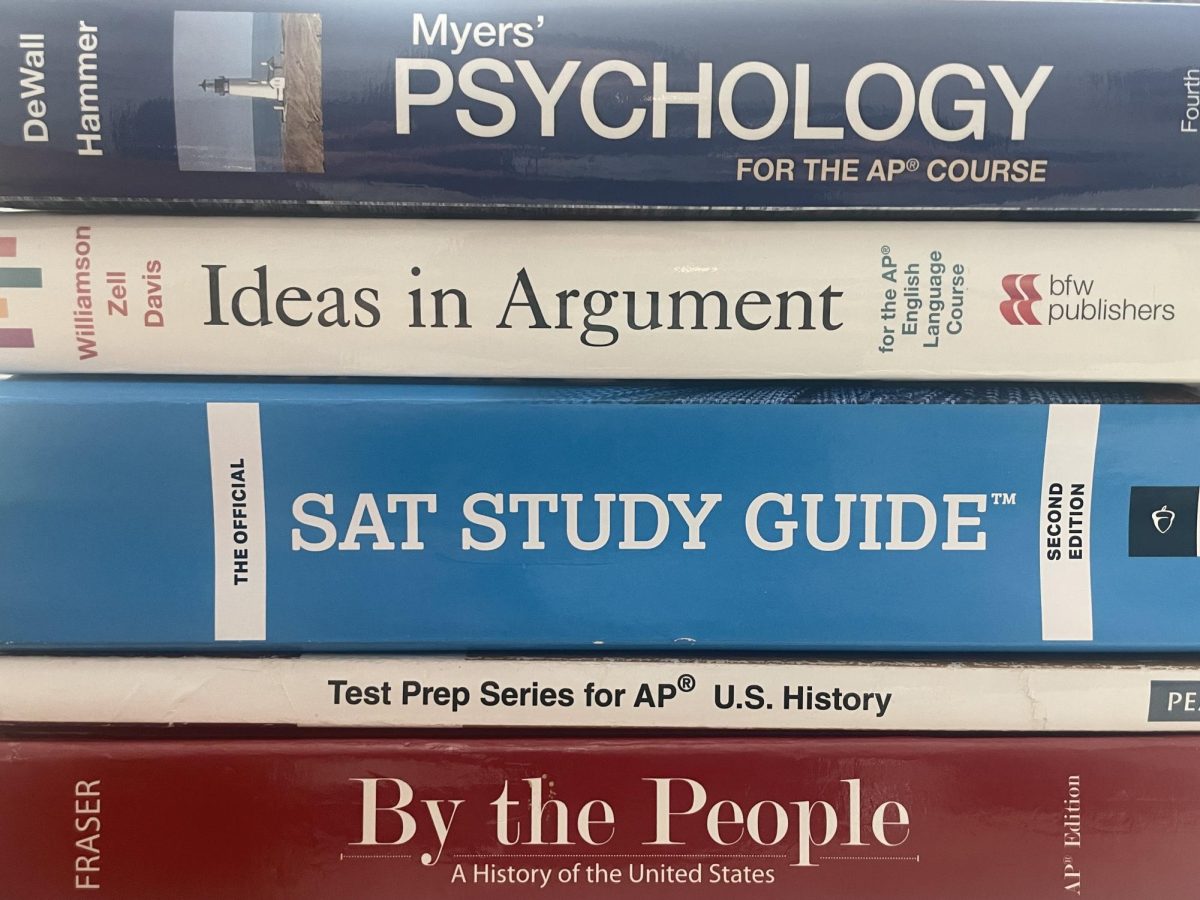
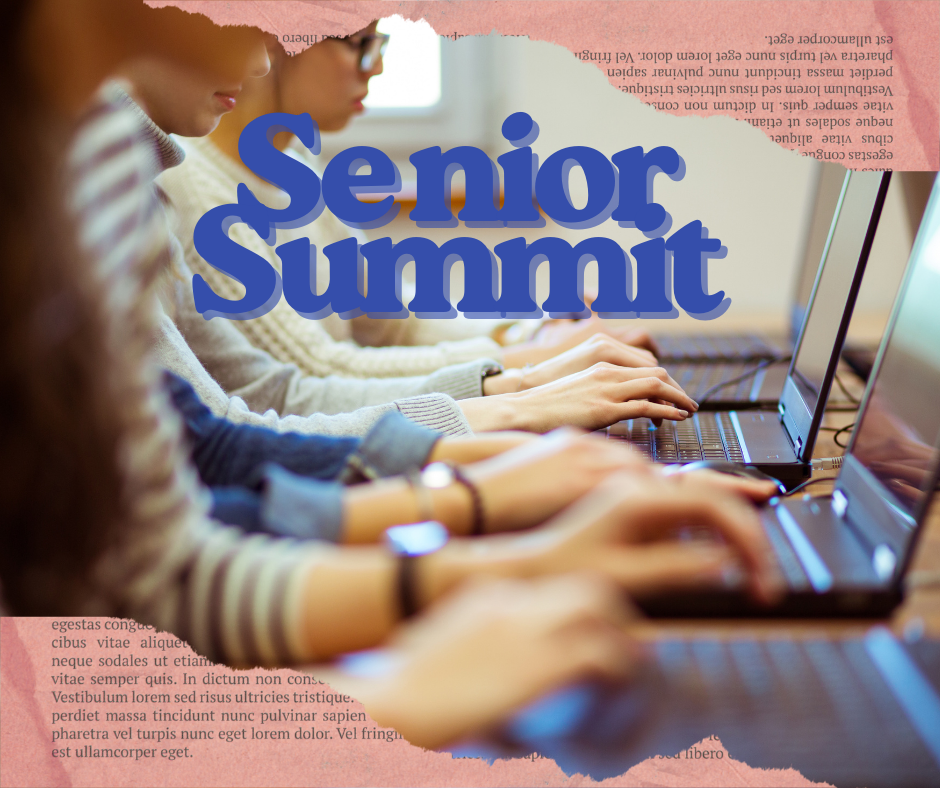
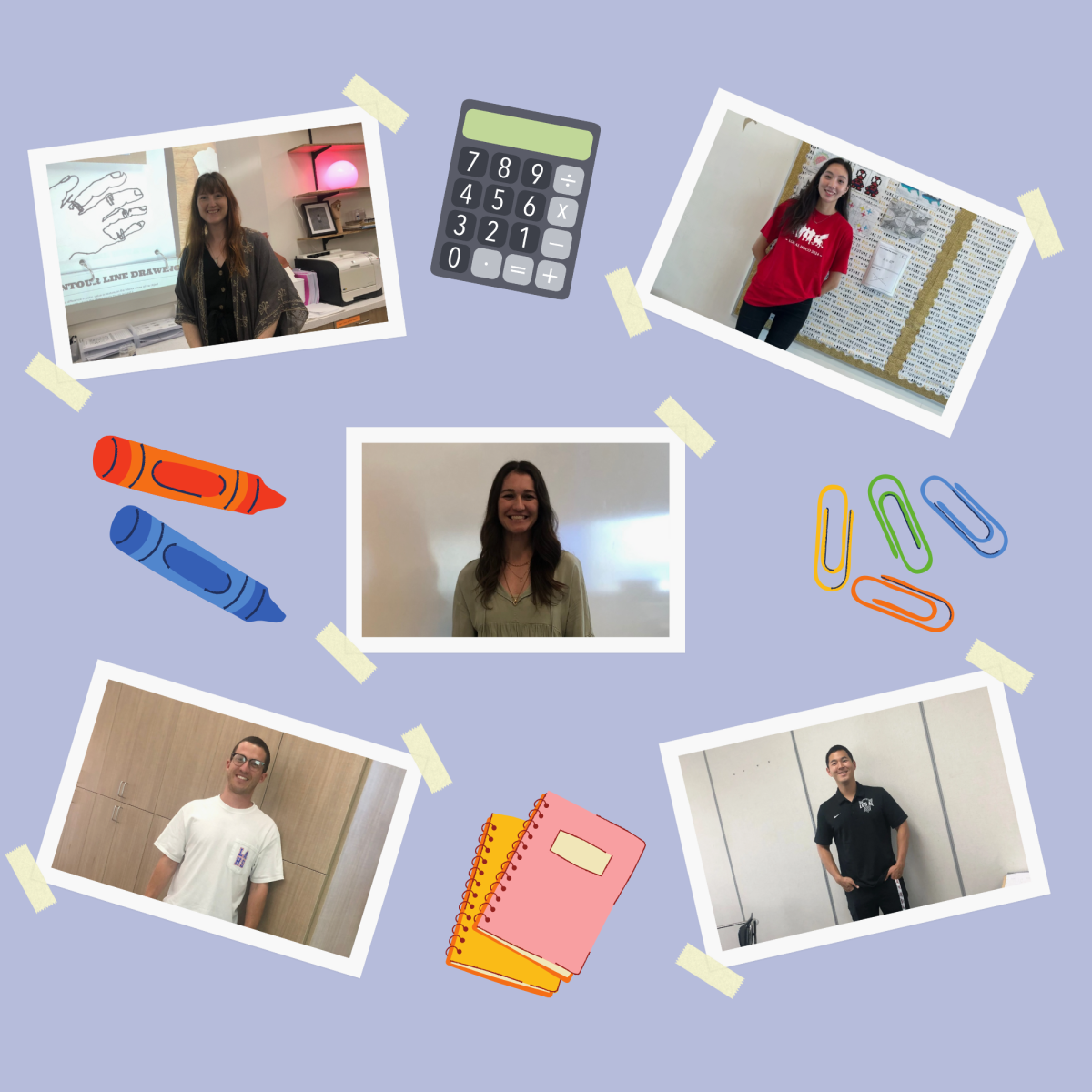
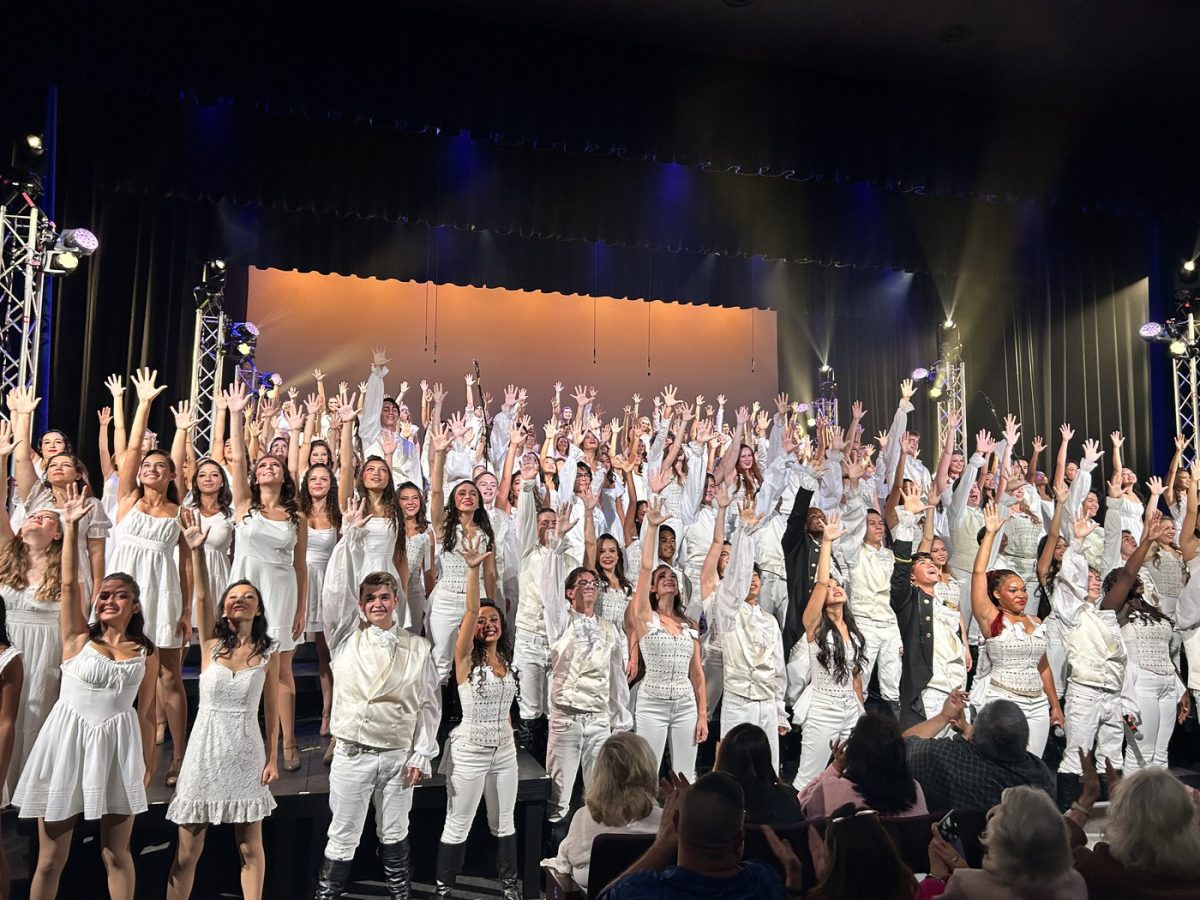


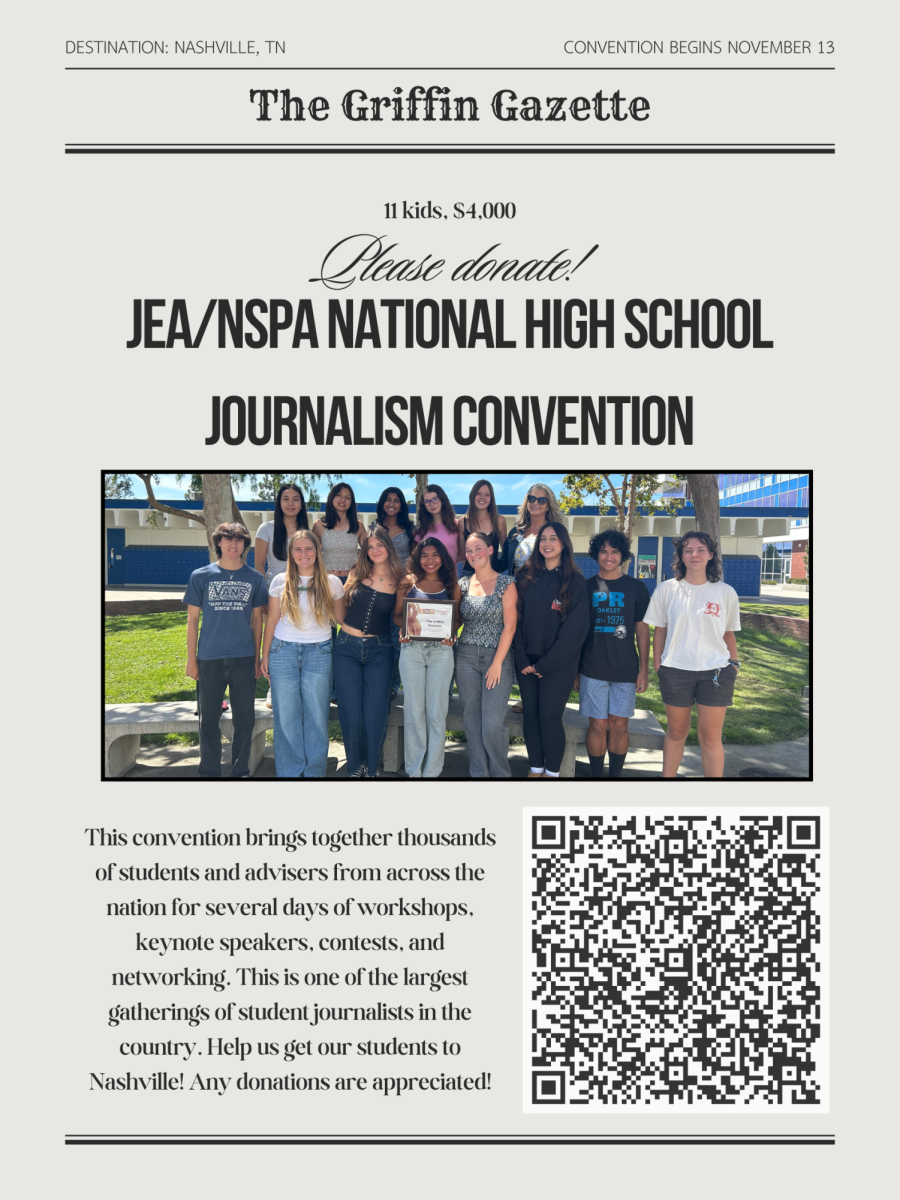
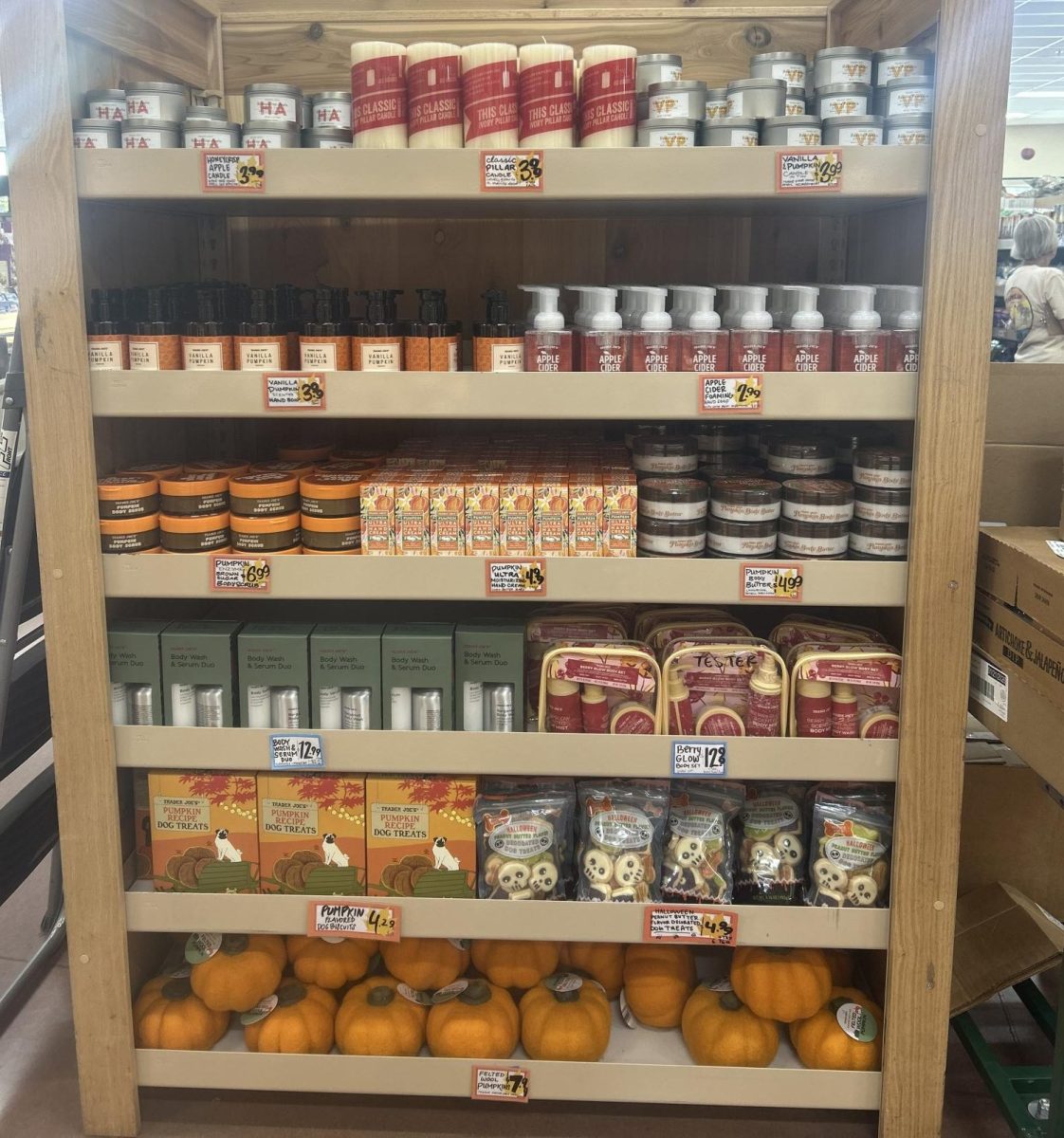
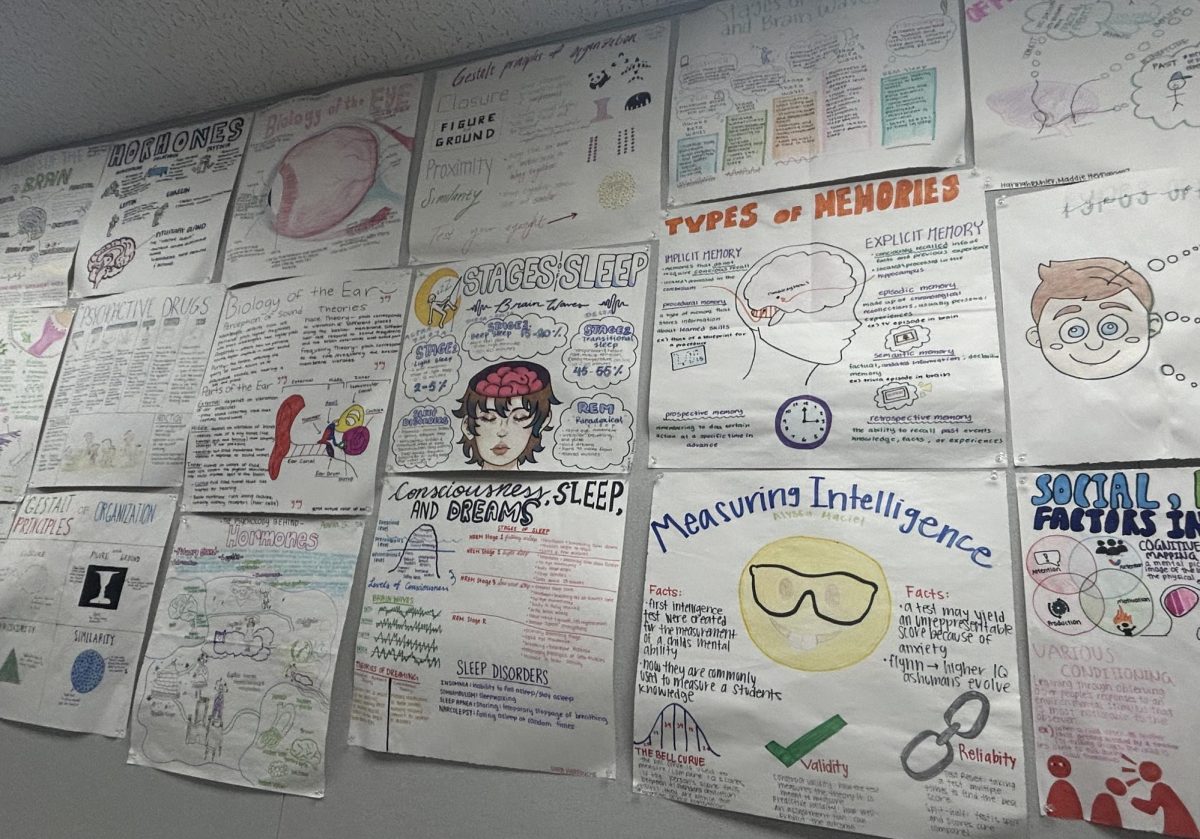
Shannon • Oct 10, 2024 at 6:42 pm
This is so interesting, Bella! Great job!!
Bella Kim • Oct 10, 2024 at 5:14 pm
Thank you so much! <3 <3
Jasmine Lee • Oct 10, 2024 at 4:22 pm
Nothing short of an excellent article Bella! Love how your interviews were throughout a large range of students and teachers.
Alyssa • Oct 10, 2024 at 3:37 pm
I love the way you formatted the article and how the quotes are on a slide! Great job Bella!
Katie Arnoult • Oct 9, 2024 at 12:38 pm
Congrats on finishing this amazing article! You put in so much time and research into this piece, and I love how the reader is able to tell that by the infographs and teacher responses box.
Reese Neiger • Oct 9, 2024 at 12:29 pm
This is a great formatted article! I love all the slides to show quotes and information in sections!